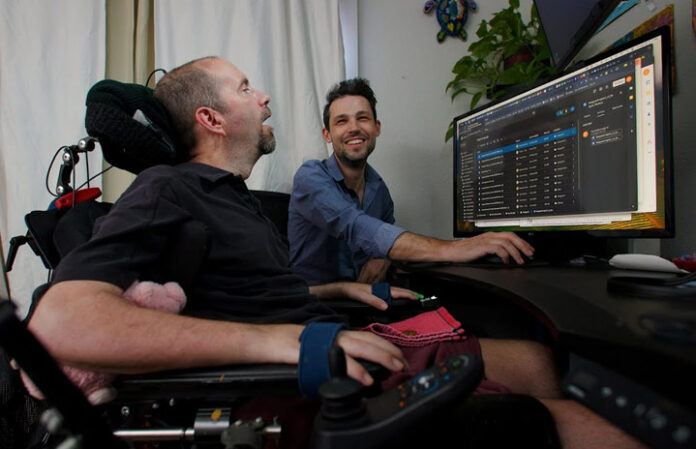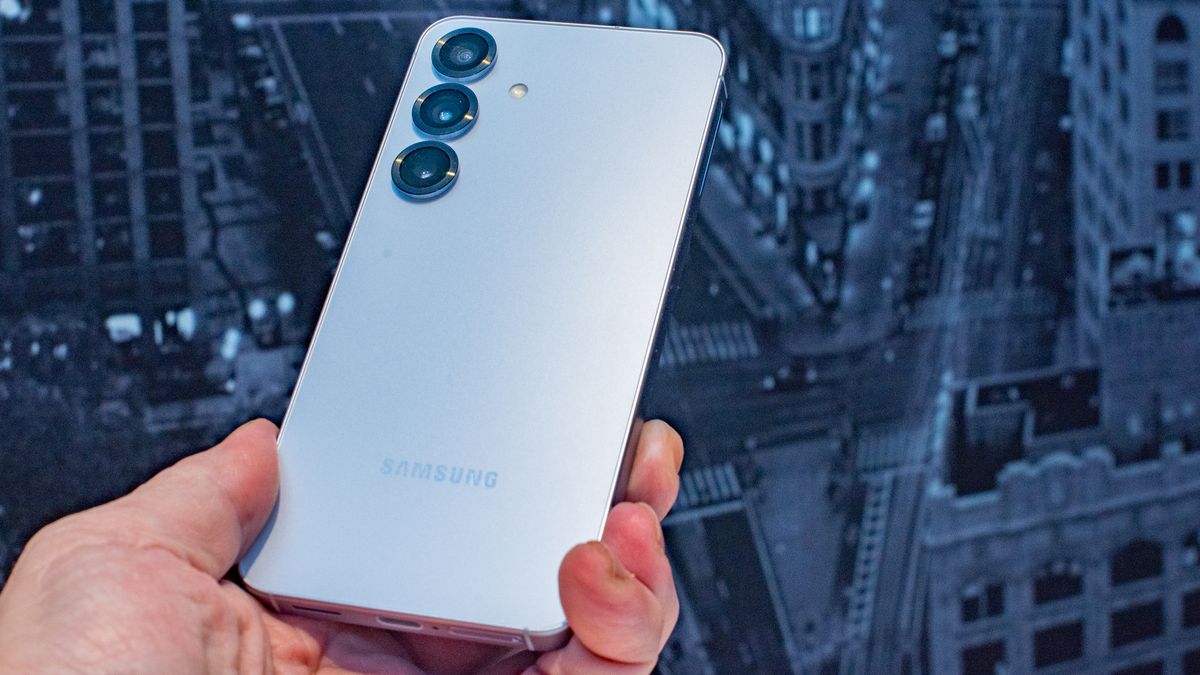A man with amyotrophic lateral sclerosis (ALS) who had lost his ability to speak has been able to communicate using a Blackrock Neurotech text-to-speech brain implant, according to one of two new studies demonstrating the potential of brain-computer interfaces for restoring speech in paralyzed patients. The studies were published on Wednesday in the New England Journal of Medicine. They provide “compelling new evidence of rapid progress in clinically viable, practical applications” of such devices for re-establishing communication after paralysis, wrote Dr. Edward Chang, a neurosurgeon at the University of California, San Francisco, who was not involved in the research, in an editorial accompanying the studies.
Companies like Blackrock Neurotech, Medtronic, Synchron, and Elon Musk’s Neuralink are working on commercializing brain-computer interfaces. The two studies each involved a single ALS patient, one man and one woman. ALS, also known as Lou Gehrig’s disease, causes progressive degeneration of nerve cells in the spinal cord and brain.
One study focused on a 45-year-old man who had severe difficulty speaking and could be understood only by his care partner. He communicated at an average rate of about seven words per minute, while conversational English is typically around 160 words per minute. The researchers implanted four microelectrode arrays from Blackrock Neurotech, which recorded neural activity in brain areas related to language and speech. These arrays used 256 intracortical electrodes—significantly more than in earlier studies.
The decoder software associated with the implant could learn rare words, be trained rapidly, and recalibrate online—a capability not previously demonstrated. By the second day of use, the patient was able to communicate using a vocabulary of 125,000 words. Decoded words appeared on a screen and were then vocalized using text-to-speech software designed to sound like his voice before ALS. In a conversation with researchers, the patient said, “I was just giving you a hard time to lighten the mood. … Please indulge my attempts at humor because I really miss making jokes.”
He also shared, “I have absolutely loved talking to my friends and family again. When my symptoms started, my daughter was only 2 months old, and now she is 5. She doesn’t remember what I sounded like before this disease took away my ability to talk normally. She was a little shy at first but is now super proud that her father is a robot.” Within 16 cumulative hours of use, the neuroprosthesis enabled a speech rate of 32 words per minute with only a 2.5% error rate in word identification. In comparison, smartphone dictation apps have an approximate 5% error rate, and able-bodied speakers have a 1-2% error rate when reading aloud.
The second study involved a 58-year-old woman who had received a more primitive neuroprosthesis from Medtronic seven years earlier. The device initially functioned well and allowed her to communicate through clicks. However, when the device became unreliable, no technical malfunction was found. Instead, the progressive atrophy in her brain from ALS “ultimately rendered the brain-computer interface ineffective after years of successful use,” according to the researchers. Future efforts may need to target different brain regions that might be less affected or less prone to degeneration during disease progression, Chang noted.





